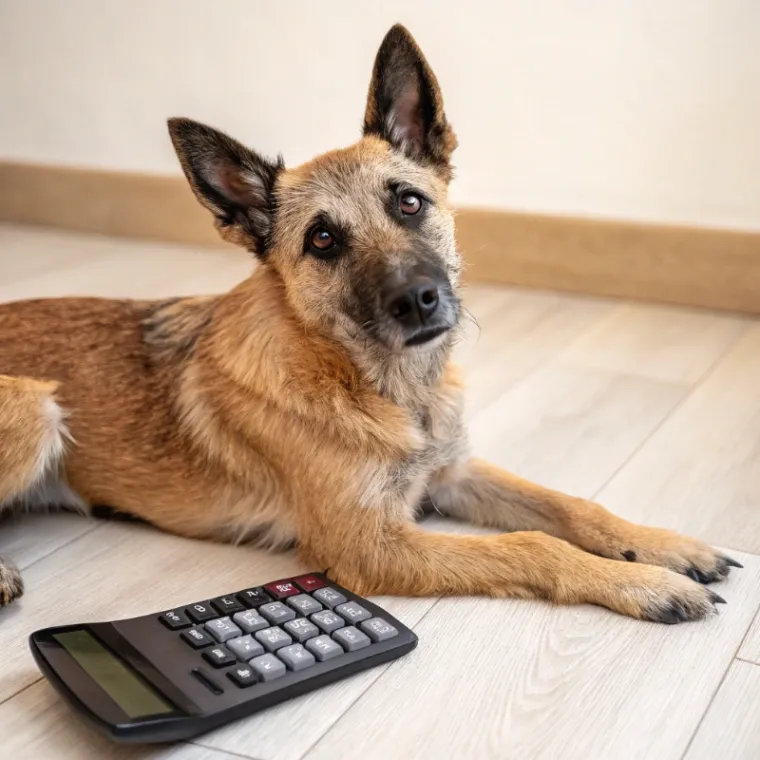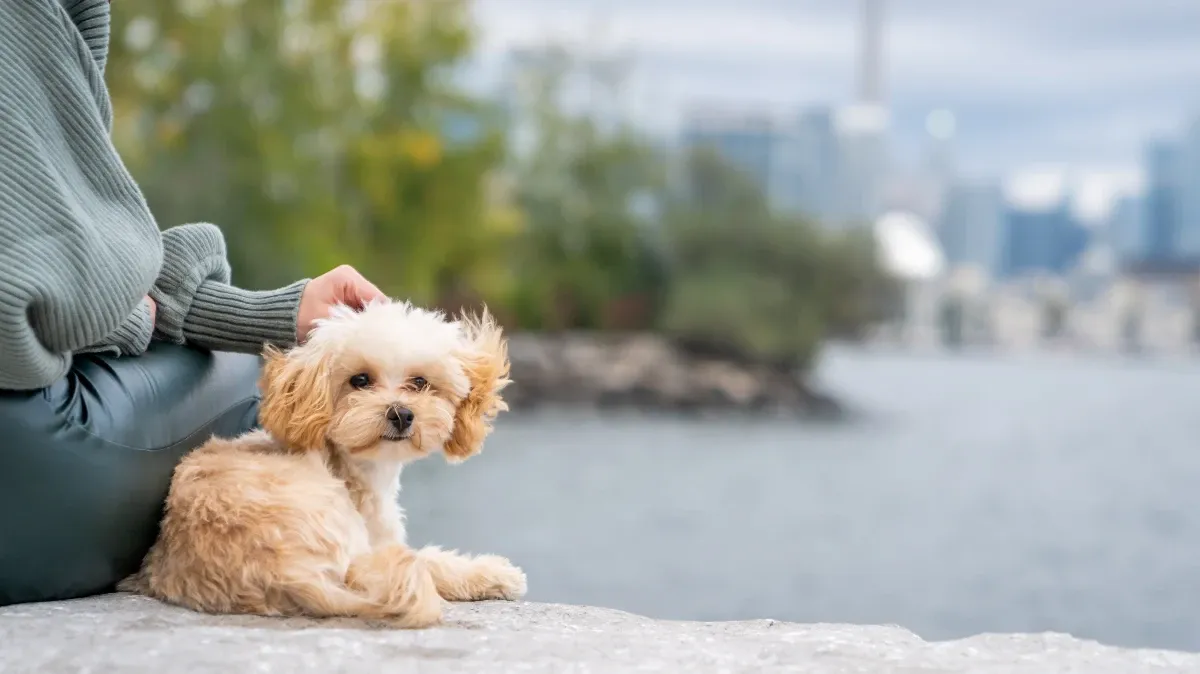Belgian Laekenois




 Find Reputable Breeders Near You
Find Reputable Breeders Near You
Browse Reputable Breeders who meet Paction's Certification standards.
Search for a PupGet to Know Belgian Laekenoises
- Rarest of the Four Belgian Shepherd Varieties: Among the four types, the Laekenois, Malinois, Tervuren, and Groenendael — the Laekenois is the least common, making it a true hidden gem in the dog world. Its rarity adds to its allure for experienced dog owners seeking a unique, intelligent working companion.
- Named After Belgian Royalty’s Castle Grounds: The breed is named after Château de Laeken, the royal residence near Brussels, where they were originally used to guard linen drying in the fields. Their name (pronounced “Lak-in-wah”) directly reflects this historical tie to Belgian nobility.
- Served as Military Dogs in Both World Wars: Laekenois dogs played key roles in World War I and II, serving as messenger dogs and guard dogs. Their courage, intelligence, and agility made them ideal for carrying out critical tasks in dangerous war zones.
- Their Distinctive Coat Sets Them Apart: Unlike the other Belgian Shepherd varieties, the Laekenois has a rough, wiry coat that offers natural protection from the elements. This coat isn’t just for looks. It was bred for function, allowing them to work in harsh conditions without discomfort.
- They Combine Intense Work Ethic with Strong Family Loyalty: While Laekenois dogs are energetic and driven like their Malinois cousins, they’re also known for being deeply loyal, affectionate, and protective toward their families. This makes them highly trainable but best suited to homes that can match their mental and physical demands.
Breed History
The Belgian Laekenois is one of the four varieties of the Belgian Shepherd, distinguished by its rough, wiry coat. Originating in Belgium, this breed dates back to the late 19th and early 20th centuries, developed primarily as a versatile herding and guarding dog. Named after the village of Laeken near Brussels, the Laekenois was prized by Belgian farmers and nobility alike for its intelligence, agility, and protective nature. Although less common than its Belgian Shepherd siblings, the Groenendael, Malinois, and Tervuren, the Laekenois played an important role in both rural farm life and military service, notably serving as a working dog during World War I. Today, it remains a rare but highly valued breed known for its loyalty, work ethic, and distinctive rough coat.
Personality and Behaviour
- Deep Loyalty & Form Strong Bonds: These dogs are affectionate with those they trust and are naturally protective, often forming a close attachment to one particular person. Their devotion makes them excellent companions, but they can be reserved or aloof around strangers until properly introduced.
- Intelligent & Alert: The Laekenois thrives on mental stimulation and structure. They are quick learners and excel in obedience, agility, herding, and protection work. However, their sharp minds mean they can become bored or even mischievous if left unstimulated or under-exercised. They do best with experienced owners who can provide consistent training and a sense of purpose.
- Driven, not Frantic: They are confident, watchful, and always aware of their surroundings, making them naturally good watchdogs. Early socialization is important to ensure they grow into well-rounded, stable adults who can adapt to various environments and people.
Care
- Exercise: The Belgian Laekenois has high exercise needs, being a working breed with plenty of energy and drive. They thrive on daily physical activity, such as long walks, runs, agility training, or herding games. Without sufficient exercise, they can become bored and develop unwanted behaviors. Ideally, they do best in active homes where they can have both a job and regular engagement.
- Grooming: Grooming a Laekenois is relatively manageable, but it’s not entirely hands-off. Their rough, wiry coat should be brushed weekly to remove dirt and loose hair and prevent tangles. Occasional hand-stripping (plucking dead hairs) helps maintain coat texture and health. They’re moderate shedders and may need more grooming attention during seasonal shedding.
- Training & Care Requirements: This breed is highly intelligent but independent, requiring firm, consistent, and positive training from an early age. They respond well to structure and mentally engaging tasks, so training should include both obedience and enrichment activities. Early socialization is essential to develop a well-adjusted temperament. Because of their sensitivity and loyalty, they do best with experienced handlers who can provide clear leadership and a strong bond.
Belgian Laekenois Summary
What to ask your breeder?
Here’s a short summary of what you should be asking your breeder:
Belgian Laekenois Health Testing
| Screening | Considerations |
|---|---|
| Hip Dysplasia | OFA Radiographic Hip Evaluation |
| Elbow Dysplasia | OFA Radiographic Elbow Evaluation |
| ACVO Eye Exam | ACVO Eye Examination. Results registered with OFA. |
How Much Does It Cost to Own a Belgian Laekenois Per Year?
Determining the cost of owning a Belgian Laekenois is essential for responsible dog ownership. Use our calculator to estimate expenses, including food, grooming, veterinary care, and more.
The Ultimate Dog Cost Calculator
 Calculate Now
Calculate Now

